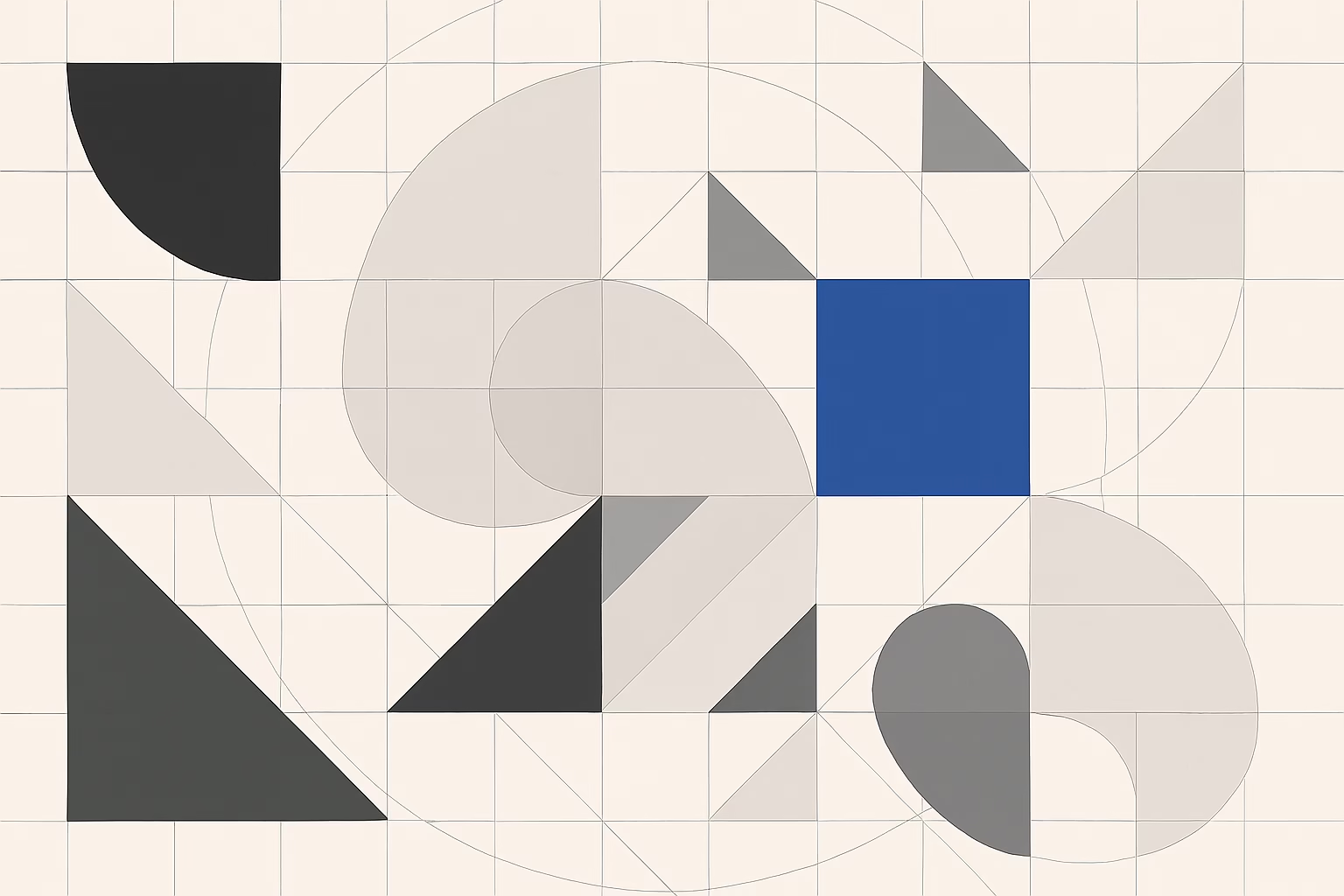The world of UX design is evolving at a breakneck pace. With advances in technology and changing user expectations, 2025 is set to bring a host of new trends that will redefine how we build digital experiences. From artificial intelligence to ethical design, understanding these trends can empower designers to create innovative, engaging, and human-centered products.
1. Embracing Advanced Technologies: AI & Machine Learning
Artificial intelligence (AI) and machine learning are transforming the design landscape. Designers can leverage these technologies to create highly personalized experiences that adapt to user behavior in real time.
- Personalization: AI-driven insights enable dynamic interfaces that respond to individual user needs, leading to a more engaging and seamless experience.
- Predictive Design: Machine learning algorithms can analyze user interactions to predict future needs and optimize design elements accordingly.
- Chatbots & Virtual Assistants: Enhanced conversational interfaces powered by AI are becoming standard, providing instant support and guiding users through complex workflows.
Integrating AI into your design process not only makes your product smarter but also positions you at the forefront of emerging trends in UX.
2. The Rise of Voice and Conversational Interfaces
Voice user interfaces (VUIs) and conversational design are becoming increasingly prevalent as users seek more natural ways to interact with technology.
- Voice-Activated Controls: Devices like smart speakers and smartphones are shifting toward voice-based interaction, which means designers need to rethink navigation and content hierarchy.
- Conversational UI: Chatbots and voice assistants offer personalized experiences, simplifying tasks that used to require complex menus.
- Accessibility: Voice interfaces provide an inclusive solution, empowering users with disabilities and those who prefer hands-free interactions.
Designing for voice requires a blend of clear language, intuitive flow, and a deep understanding of user intent.
3. Immersive Experiences with AR & VR
Augmented Reality (AR) and Virtual Reality (VR) are no longer confined to gaming; they’re defining new frontiers in UX design. These technologies enable immersive experiences that engage users in a visceral way.
- Enhanced Interactivity: AR allows users to interact with digital overlays in their physical space, while VR can create fully immersive environments.
- Product Visualization: Retail and real estate sectors are already leveraging AR/VR to help users visualize products or spaces before purchase.
- Story-Driven Experiences: The integration of AR/VR can weave storytelling elements into the user journey, making interactions more memorable and engaging.
As these technologies mature, the demand for intuitive and seamless AR/VR experiences will only grow.
4. Ethical, Inclusive, and Sustainable Design
In an era where digital experiences touch every aspect of life, ethical considerations in design have taken center stage.
- Inclusive Design: Ensuring that products are accessible to users of all abilities is no longer optional. Inclusive design practices promote usability for diverse audiences.
- Data Privacy: With growing concerns about data security, transparent and ethical handling of user data is paramount. Designers must incorporate privacy-by-design principles.
- Sustainable UX: As the environmental impact of digital technologies comes under scrutiny, sustainable UX practices—such as optimizing for energy efficiency and reducing digital waste—are gaining traction.
Adopting ethical and sustainable design practices not only meets regulatory standards but also builds trust and loyalty with your users.
5. Data-Driven Design and Hyper-Personalization
Modern design thrives on data. By analyzing user behavior and integrating real-time analytics, designers can tailor experiences more precisely than ever before.
- Behavioral Analytics: Tools that monitor user interactions provide insights into pain points and opportunities for improvement.
- Hyper-Personalization: Combining data with AI, designers can create experiences that adapt in real time to the context and preferences of each user.
- Iterative Testing: Continuous A/B testing and user feedback loops enable rapid iterations, ensuring that the design evolves with user needs.
Leveraging data not only enhances the user experience but also drives business outcomes, from higher engagement to improved conversion rates.
6. Minimalism and Performance-Driven Design
As digital products become more feature-rich, the principles of minimalism and performance remain as important as ever.
- Simplicity: Clear, uncluttered designs help users focus on key tasks and reduce cognitive overload.
- Optimized Load Times: Performance-driven design ensures that interfaces are not only beautiful but also fast and responsive—an essential factor in user retention.
- Content-First Approach: Prioritizing content over decorative elements ensures that the digital experience remains functional and user-centric.
A minimalist approach, coupled with an emphasis on performance, sets the stage for intuitive and accessible experiences.
7. Staying Agile in a Fast-Changing Landscape
The future of UX design is unpredictable, but designers can thrive by staying agile.
- Continuous Learning: Keeping up with industry trends through workshops, webinars, and conferences is crucial.
- Collaboration: Working closely with multidisciplinary teams—developers, marketers, and data analysts—fosters a holistic approach to design.
- Flexibility: Embracing iterative design processes and being open to change ensures that your product remains relevant as user needs evolve.
Agility in design enables you to quickly adapt to new technologies and trends, ensuring long-term success.
Final Thoughts
The evolution of UX design is a dynamic journey driven by innovation, ethics, and an unwavering focus on the user. As we approach 2025, emerging trends like AI-powered personalization, immersive AR/VR experiences, ethical design, and data-driven strategies are set to redefine digital experiences. By embracing these trends early, designers can create products that not only meet user expectations but also set new standards in the industry.
Which emerging trend excites you the most? Share your thoughts and let’s discuss how we can navigate the future of UX design together.
Additional Resources
- Articles & Guides:
- Tools:
- Google Analytics for data insights
- Adobe XD and Figma for prototyping emerging design ideas


